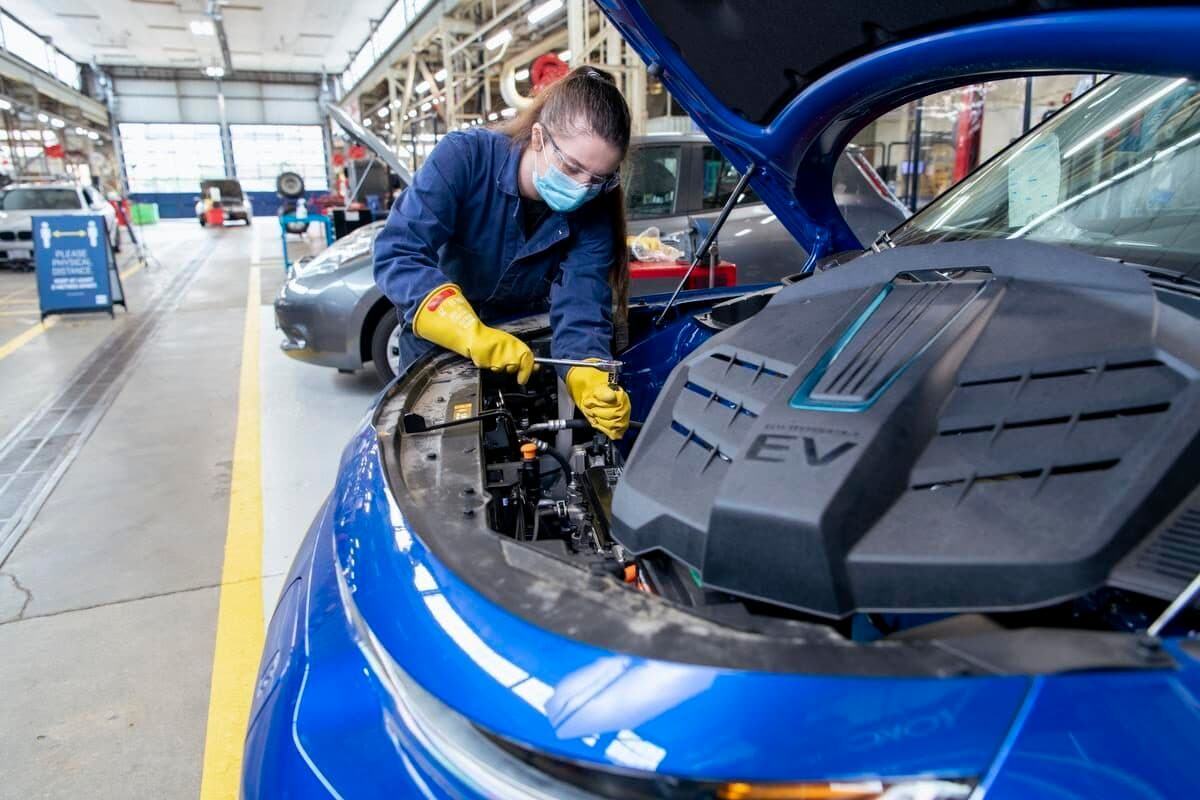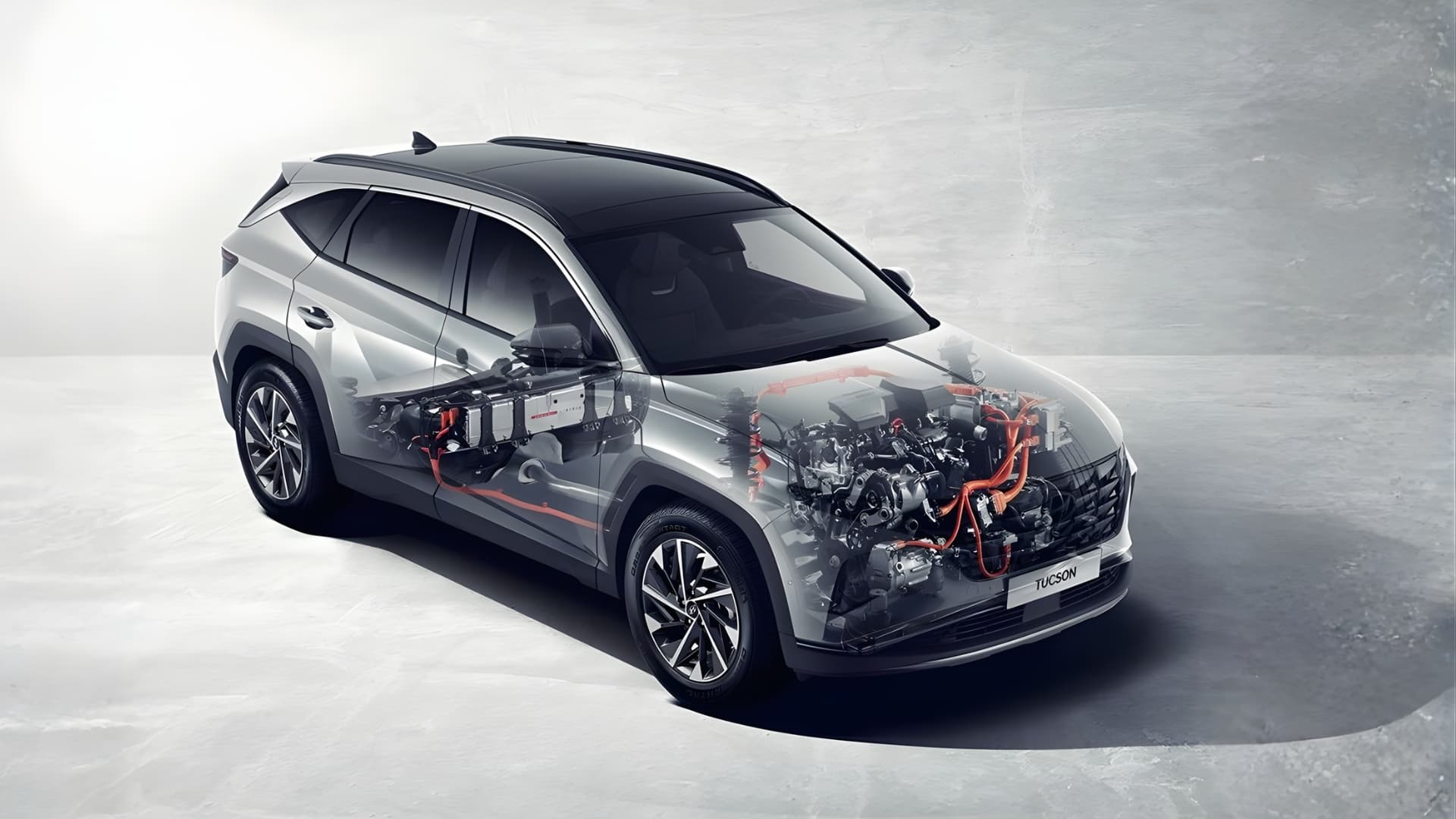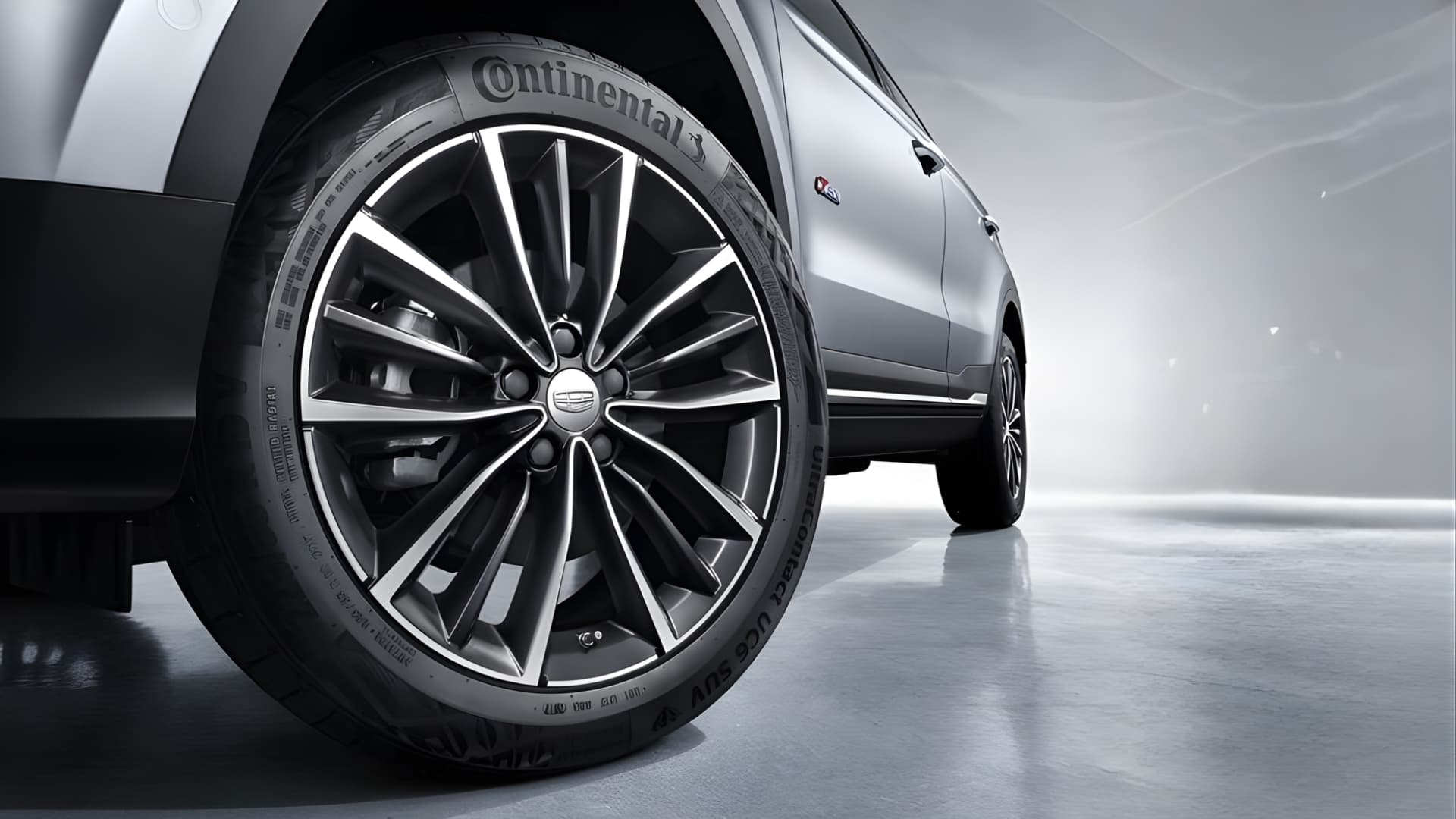
As an EV enthusiast or owner, you may be curious about how servicing and maintenance for electric vehicles (EVs) differ from those of traditional internal combustion engine (ICE) cars. In this blog post we will provide insight on the distinct requirements that come along with Electric car servicing to ICE vehicles so you can make informed decisions when it comes to your own vehicle upkeep.
Key Takeaways
- Electric vehicles require regular maintenance, including battery inspection, brake fluid checks, tire rotation and adhering to the manufacturer-recommended service intervals.
- EVs have fewer moving parts and lower servicing costs compared to ICE vehicles but may require specialised knowledge for repair if any issues arise.
- Tire selection is important when it comes to electric cars. Consider factors such as vehicle type, and both climate & terrain when selecting tyres, plus use a tyre pressure monitoring system or gauge for optimal performance & safety.
Essential Maintenance for Electric Cars
Maintaining electric vehicles on a regular basis is essential to ensuring proper performance and safety, just as with their ICE counterparts. Although they have much fewer moving parts than conventional cars, EVs must still be looked after in certain ways - like inspecting the battery fluid levels, checking brake fluids, and regularly rotating tires - all part of required specific routine maintenance tasks.
Adhering to an EV’s prescribed service plan at intervals ranging from 12 months or between 10 000km/15000km will allow for maximised benefits from your new ride.
Battery Inspection
EV owners of varying electric models can benefit from prolonged battery life by implementing a few key strategies. Lithium-ion batteries, the most commonly used kind for electric vehicles, should be monitored frequently to guarantee performance and extended life expectancy.
Optimal practices like adhering to proper charging habits and avoiding extreme temperatures should also help sustain their lifetime output, making them more viable than petrol or diesel alternatives when it comes to prolonging the health of yout EV’s battery.
Brake Fluid Checks
When it comes to electric cars, regenerative braking can reduce brake pad wear. They still need regular checks of the levels in their brake fluid reservoir, and other safety systems for optimal performance. Ensuring brake functionality is vital for safety, as EVs are heavier and rely on these systems for efficient and safe stopping. Since EVs rely heavily on electrical components, any malfunction in the braking system could impact overall vehicle efficiency and safety. Timely detection and repair of any brake issues can prevent more significant, costly problems down the line, ensuring the longevity and reliability of the vehicle.
Tire Rotation
Tyre rotation is an important maintenance procedure for electric vehicles, as it helps to ensure even wear on tyres and prolong their lifespan. As EVs are heavier and deliver high-power torque when starting, they often show accelerated tyre deterioration. Tyre rotation keeps the distribution of wear equal over all four wheels, improving the cost savings associated with owning an EV as well as its environmental impact. By rotating your car’s tyres regularly, you can help maintain optimal performance throughout their life cycle while taking full advantage of having an electric vehicle at home!
Comparing EV Servicing with ICE Vehicles
Due to its electric motors, EVs have fewer moving parts compared with their ICE counterparts. Servicing electric vehicles (EVs) differs notably from traditional internal combustion engine (ICE) vehicles. EVs have fewer moving parts, eliminating the need for oil changes, spark plug replacements, and timing belt maintenance. Their maintenance often focuses on battery health, electrical systems, and software updates. However, elements like brake systems, tyres, and suspension still require regular checks, albeit with some differences due to the EVs’ regenerative braking and heavier weight. Overall, EVs typically require less frequent and less extensive servicing than ICE vehicles, but they demand specialised knowledge and equipment for tasks like battery diagnostics and high-voltage system repairs.
Reduced Moving Parts
Electric vehicles possess fewer moving parts, which come with several advantages, including cheaper labour costs. An electric motor has a rotor and stator, unlike the complex ICE with pistons, crankshafts, valves, and camshafts. EVs also lack components like fuel pumps, spark plugs, and exhaust systems. Additionally, many EVs use a single-speed transmission, which is less complex than the multi-speed transmissions in ICE vehicles. This streamlined powertrain in EVs results in reduced mechanical complexity, leading to fewer maintenance needs and potential points of failure. One potential downside is that should any repairs be necessary, these electric cars can prove trickier than most because they contain complex components that require specialised knowledge and tools.
Lower Oil Consumption
Electric vehicles are becoming a more appealing choice for drivers due to their low maintenance costs, since they do not require oil changes like ICE (internal combustion engine) cars. This is because electric vehicles have no traditional internal combustion engines and thus don’t need the periodic changing of their motor oil, which can be both expensive and tedious.
Regenerative Braking
Regenerative braking is a technology used in electric and hybrid vehicles that recovers energy typically lost during braking. Instead of using the traditional brake pads to halt the vehicle, regenerative braking slows the vehicle by reversing the electric motor's operation, turning it into a generator. As the vehicle decelerates, the motor's resistance helps slow down the vehicle, and the kinetic energy from this process is converted back into electrical energy, which is then stored in the vehicle's battery. This system not only conserves energy but also reduces wear on the traditional brake system, enhancing overall efficiency and reducing maintenance needs which can lead to lower servicing costs due to less frequent replacement of brake components. With this technology taking effect, drivers can be certain that their electric vehicle will maintain a high performance over time with manageable maintenance expenses regarding replacing important parts like brake pads.
Manufacturer-Specific Servicing Differences
For those owning electric cars, it is advisable to look into the manufacturer’s guidelines or speak with authorised service centres for any special servicing needs that could arise. Electric vehicles often require less maintenance than conventional ones, however some car makers may have particular services associated specifically with their electrical offerings, such as discounted rates and free of charge procedures. Also, watch out for instrument warning lights which should be considered in upkeep routines along with other typical elements when caring for an electric car.
Service Intervals
Maintaining electric cars according to the recommended service intervals is essential for preserving battery life, improving safety and performance, as well as honoring warranties. Different manufacturers may require more or less frequent visits, which can affect how much it costs to own an electric vehicle. Ensuring that all of these factors are taken into consideration ensures a cost-efficient ownership experience with quality results in the long run.
Cost Variations
When making a decision to purchase an electric vehicle, researching and comparing the servicing costs of various brands is highly recommended. This is due to large discrepancies in cost, which can have substantial impact on overall car ownership expenses. For example, Genesis, Audi and Porsche provide complimentary maintenance as well as charging for a pre-set period of time with no extra expense required from buyer side. Electric car services may differ by brand though some offer more economical options or even free service if certain criteria are met.
Electric Car Warranties and Battery Life
The battery life of electric vehicles (EVs) can be impacted by improper charging practices, yet manufacturers typically provide an 8-year/160,000km warranty on EV batteries. After 6 to 8 years, some owners may observe a decrease in driving range due to the natural degradation that affects all electrochemical cells, referred to as battery degradation or capacity loss.
Strict adherence to recommended charging guidelines and good habits are essential for preserving the longest possible life from your vehicle’s power system. Extending its effectiveness over time and guaranteeing maximum efficiency throughout ownership.
Standard Battery Warranty
A vehicle’s 8-year/160,000km battery warranty is a standard industry offering that gives assurance against loss of capacity, and covers the battery independently from other parts. The warranties usually guarantee some level of minimum retention in energy output as well, providing additional protection for longer periods or more kilometres driven. Such coverage provides peace of mind to owners knowing they have reliable backup if any issues arise with their EV’s power source.
Battery Degradation
The slow decline in a battery’s power over time is known as degradation. Taking care to charge the battery correctly (avoiding both overly long periods and draining it completely) can help lengthen its life expectancy.
Maintaining an optimal charge level, typically between 20-80%, rather than fully charging or depleting the battery, helps prolong its lifespan. Additionally, minimising exposure to high battery loads for extended periods and ensuring the vehicle is parked in a moderate temperature environment when not in use can further reduce the risk of battery degradation, thereby extending the overall battery life and performance.
The Role of Trained Technicians in EV Servicing
Trained technicians have a great responsibility when it comes to maintaining electric vehicles.
Trained technicians play a crucial role in servicing electric vehicles (EVs) due to the specialised nature of these vehicles. Their expertise is vital for safely handling high-voltage electrical systems, battery management, and software diagnostics, which are integral to EVs but absent in traditional combustion engine vehicles. These technicians are trained to understand the unique aspects of EV technology, including battery health assessment, electric motor functionality, and regenerative braking systems.
They also stay updated with evolving EV technology and manufacturer-specific protocols. Their specialised skills ensure accurate diagnostics, effective maintenance, and repairs, contributing to the longevity, safety, and efficiency of EVs, which is essential as the adoption of electric vehicles continues to grow.
Certification Requirements
To work on electric vehicles, technicians must have obtained certification in high-voltage system maintenance. Certification requirements for EV mechanics typically involve specialised training and qualifications due to the unique characteristics of electric vehicles. Mechanics must understand high-voltage electrical systems, battery technology, and the specific safety protocols associated with EVs. Training often includes courses on electrical theory, battery chemistry and management systems, and hands-on experience with electric vehicle components. Recognised certifications require mechanics to pass specific exams covering these topics. Staying current with evolving technologies and manufacturer-specific systems is also crucial, necessitating ongoing education and training updates.
Choosing the Right Tires for Your Electric Car
When it comes to the optimal functioning and safety of your electric vehicle, choosing the proper tires is a must. With EV-specific tires, you can enjoy reduced wear along with improved efficiency, all ensured by tire pressure monitoring for best performance.
It’s essential that key factors such as climate, size and weight of the car, plus type of terrain are all taken into consideration when selecting tyres designed specifically for an electric car.
EV-Specific Tires
Electric vehicle-specific tyres are tailored to the specific needs of EVs, unlike regular car tyres that cater more towards petrol powered models. Such tires can improve a car’s performance and offer superior grip and efficiency due to their specialised construction from materials designed specifically for electric vehicles. These tyres are typically constructed to support the heavier weight of EVs, due to their battery packs, and to withstand the instant torque delivered by electric motors. They are also designed to be more energy-efficient, offering lower rolling resistance to maximize the vehicle's range. Additionally, these tyres are often made with noise-reducing features to compensate for the absence of engine noise in EVs, enhancing the overall quietness of the ride
Tire Pressure Monitoring
Electric cars need regular attention to their tyre pressure for optimal performance and safety, which can be tracked with either a tire pressure gauge or Tire Pressure Monitoring System (TPMS). Doing this helps ensure that the tires are properly inflated and maximizes efficiency by lessening any possible wear.
Summary
At the end of the day, the car servicing and repair needs of electric cars vary greatly from traditional ICE cars. To keep your vehicle in its best shape for many years to come, you should be mindful of regular maintenance procedures such as brake fluid inspections and tyre rotations along with EV-specific tasks.
Frequently Asked Questions
What requires servicing on an electric car?
It is necessary to have regular inspections and replacements of parts in order for electric cars to run efficiently, such as shock absorbers, cabin air filters, brakes, and essential components like steering, suspension systems, and lights. Wiper blades and tyres must also be checked so that all components are working correctly on the vehicle.
Do electric cars need more servicing?
Electric cars still necessitate standard maintenance, since they contain several components which are the same as their internal combustion engine counterparts. EVs feature significantly fewer moving parts than normal vehicles, making them more reliable and cheaper to maintain in the long term.
Servicing an electric car requires less time and materials, resulting in lower overall servicing costs for its lifetime, excluding possibly any battery pack issues it may have encountered over time.
How do EV-specific tyres differ from regular tires?
Tyres specifically made for electric vehicles offer greater traction, longer-term durability and improved performance compared to tyres intended mainly for gasoline-powered cars.
What is regenerative braking and how does it benefit electric cars?
Electric vehicles feature regenerative braking, which captures energy created when brakes are applied and stores it in the battery. This lessens friction between brake pads and rotors as well as minimizes servicing costs associated with these components, thus helping to conserve electricity for later use.
What is the standard battery warranty for electric vehicles?
As standard, most vehicle makers that specialize in electric models offer an 8-year or 160,000 kilometer battery warranty on their products.




